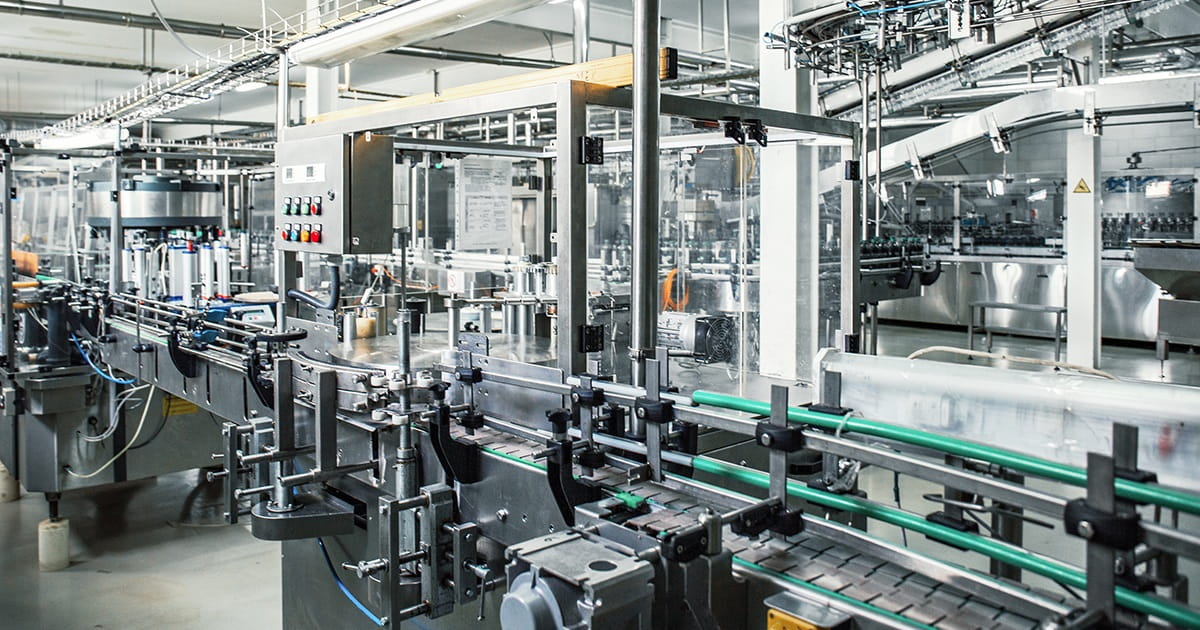3 steps manufacturers should take now to prepare for post-pandemic operations
As a result of the current global crisis, the volume of work available for manufacturers may look very different right now than it did at the start of 2020. The government mandated stay-at-home orders have caused an extreme spike in demand for pandemic essentials, such as paper products, shelf-stable food, disinfectants, and personal protective equipment (PPE), with Nielsen reporting a 428% year-over-year increase in demand for medical masks in one week. On the other end, demand for products like fresh dairy, gas, and clothing has plummeted.
Many manufacturers are scrambling to meet rapidly changing demands by ramping up production, redesigning supply chains, or finding ways to cut costs and ride out the storm. While much of the buzz has focused on short-term reactionary measures, as we continue to flatten the curve companies must also prepare for what comes next.
After several weeks of sheltering in place, are businesses and their workforce ready for the return of demand? And if that demand returns with a force, are manufacturers prepared to scale operations again? Here are three areas that manufacturers should be thinking about now to prepare.
Put the safety of your employees and customers first
The biggest challenge manufacturing and distribution companies will need to overcome is the development and adoption of new ways of working to ensure employee and customer health and safety. With the effects of COVID-19 expected to linger for the foreseeable future, the new rulebook for workplace safety is still being written.
Essential industries still operating are innovating on the fly, making significant changes to staffing, cleaning routines, PPE requirements, and common area protocols. Employee distancing, shop-floor design, PPE, training, supervision, functional handovers, automation and robotics, and daily or weekly team meetings are all being considered to protect health and safety first, with considerations for service and productivity second.
Demand-based plans ensure success in a post-COVID world
Whether your business has been dealing with acute overwhelming or underwhelming demands, companies that effectively plan and prepare now will be better positioned to handle whatever may come as the market stabilizes.
A proper demand-based plan ensures that a company can scale to meet demand efficiently by adding resources when and where they are necessary. Some manufacturers have reduced their workforce to contain costs. Until hiring can ramp back up, employers must be prepared to maximize productivity from their employees while maintaining a safe and sustainable work environment. It will not simply be a matter of “turning up the dial.”
Taking time now to clearly define new and existing processes within your operation is a start, but it must not stop there. Processes must be optimized to ensure your productivity expectations are accurate – before your full workforce returns. Additional safety considerations must be included. Companies have to evaluate each task within each function to eliminate redundancies and waste. The remaining value-added activities should then be engineered using work measurement studies in combination with the latest data analytics and modeling tools to provide an accurate representation of the labor hours required to meet demand. These types of labor studies should be executed prior to the volume returning so that there is minimal ramp-up required.
Using the slowdown as an opportunity for upskilling
Whether you’re already operating with a full roster of team members, or need to backfill roles, your workforce will likely need to build skills to execute on new business strategies coming out of the pandemic. If employees have more idle time on their hands, now is the perfect time to focus on upskilling. And while upskilling might feel like an overwhelming task for some companies, Gartner recommends that leaders look at it through the lens of resetting the team on new post-COVID business objectives and upskilling to meet those new objectives. These measures will also help free up managers’ time to onboard new employees who join the company later on so they can hit the ground running and add to the overall workforce productivity.
We are still wading through a sea of unknowns, but putting a focus on the three areas highlighted above will go a long way in bolstering your operations for what could be a full-force return to business-as-usual.




